LG officially shuts down its smartphone business
Intense competition from newer Chinese rivals cited as the reason for the demise of the 'quirky' manufacturer
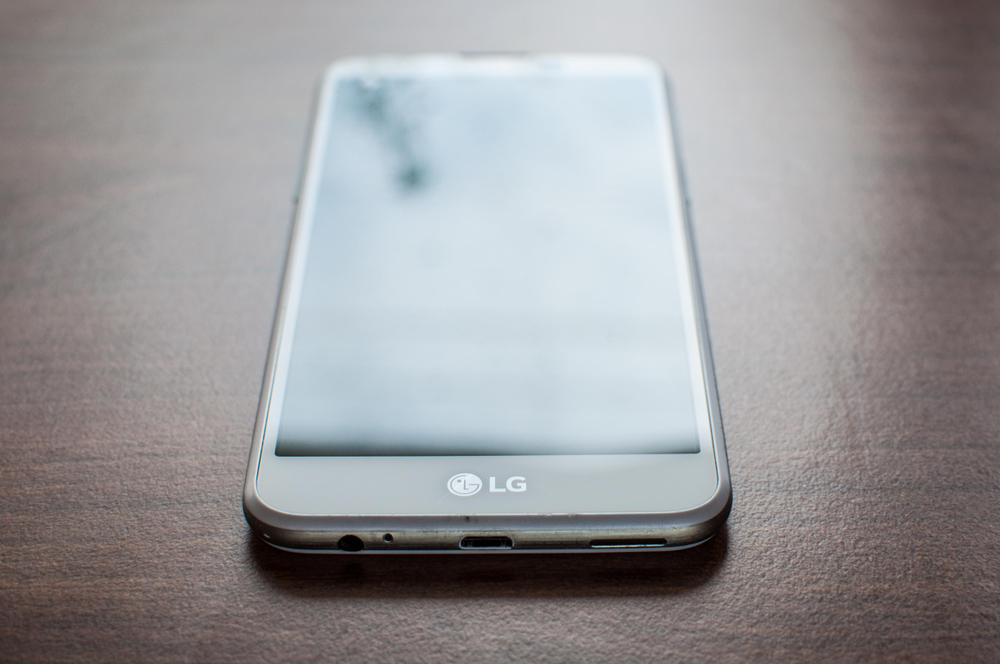

LG has officially killed off its smartphone businesses after reported losses of $4.5 billion over the last decade.
The South Korean firm is arguably the biggest manufacturer since BlackBerry to call time on its mobile phone production. The company was once the third-largest smartphone provider, but in recent years had struggled to get inside the top 10.
LG is best known for offering 'quirky' designs but it said it could no longer compete in the market. The decision to shut down the business is "unsurprising", according to CCS Insight analyst Ben Wood, as rumours had been circulating for a while. Even so, he called it a "sad day" for the South Korean conglomerate.
"LG's decision to abandon mobile phones reflects the unrelenting competitive pressure it has faced in recent years," Wood told IT Pro. "Its traditional arch-rival, Samsung, was always considered to be the biggest threat, but arguably it's the slew of relatively new Chinese rivals that likely beaten it into submission."
"There is little doubt that a number of other sub-scale phone makers will see LG's news and wonder how long they can remain in such a highly competitive, over-saturated market."
There were reports earlier in the year that Huawei might offload its smartphone businesses due to the crippling restrictions placed on it by the US. The firm has sold its Honor brand, but it refuted claims that its P and Mate series of phones would go the same way. As such, a P50 smartphone is due to be unveiled in the coming months.
Sadly, the same can't be said for LG handsets as the company has decided to call time on its 25-years as arguably the market's oddest manufacturer. We look back at some of the company's creations over the years.
Sign up today and you will receive a free copy of our Future Focus 2025 report - the leading guidance on AI, cybersecurity and other IT challenges as per 700+ senior executives
LG Prada

Not only did LG beat Apple to market with a colour touchscreen device, it spectacularly name-dropped one of the world's biggest designers. 2007's LG 'Prada', also known as 'KE850', could arguably be considered a necessary failure in the evolution of smartphones. It didn't have a physical keyboard, but its touchscreen capabilities were limited, to say the least.
LG G5
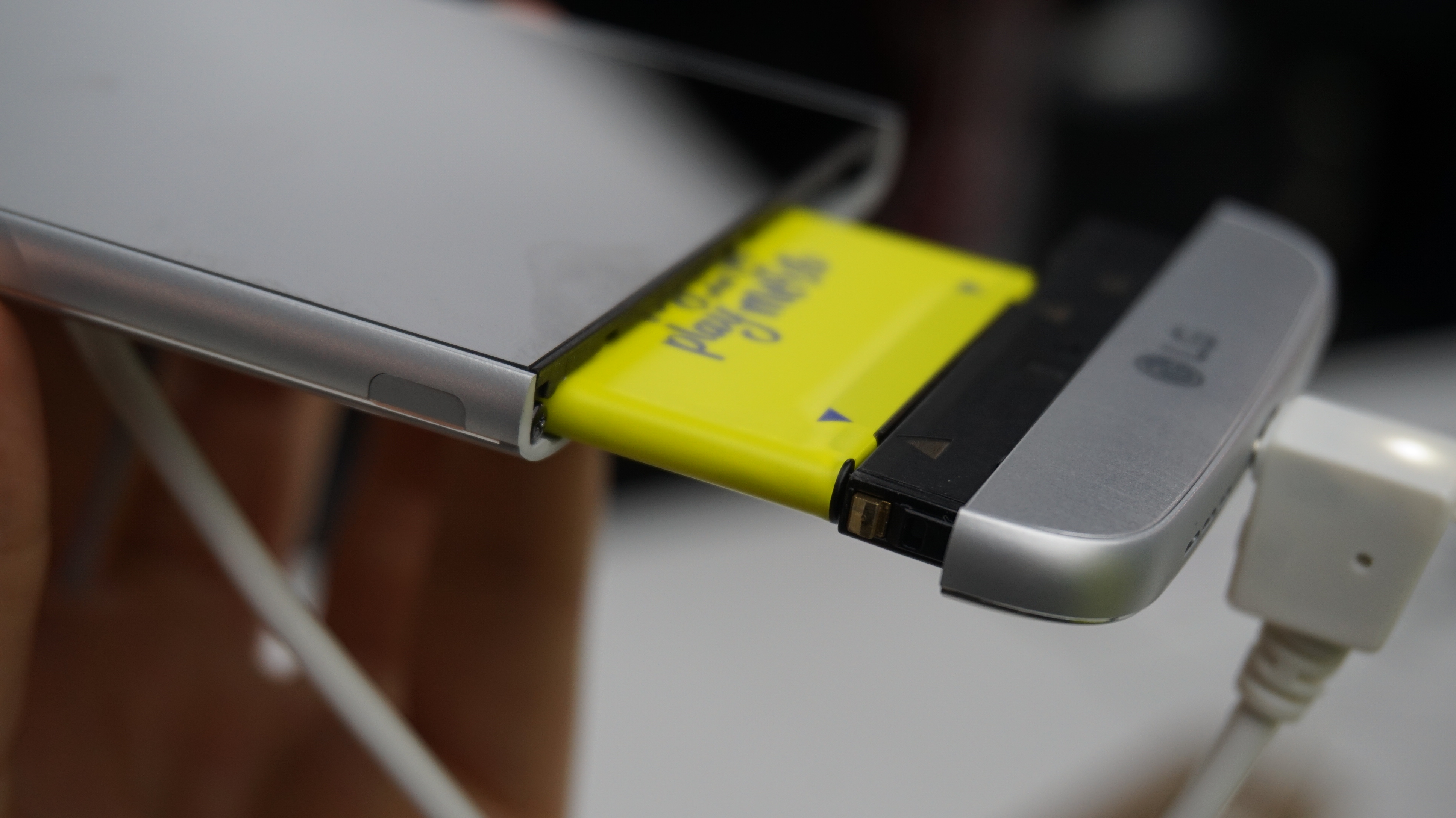
Manufacturers typically release a new smartphone every year - most launch two or even three - but what if you could just keep your old device and just add newer parts to it? This was the basic thinking behind LG's G5m which was launched in 2015. It was a handset that's insides could be pulled out from the bottom so users could add extra components. At least, that was the idea, its initial range of add-ons included 'better' speakers and camera grip and didn't really expand any further than that.
LG Wing
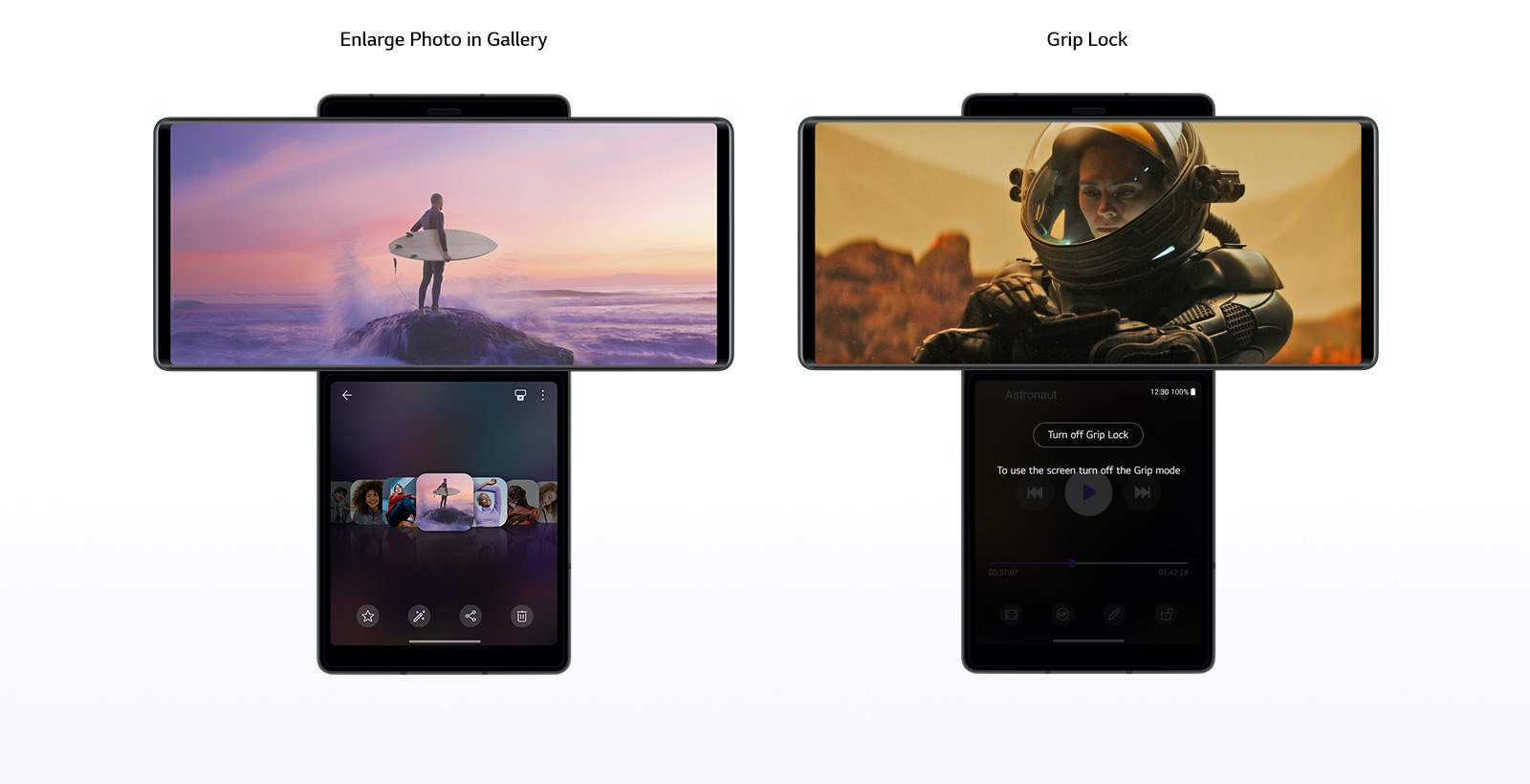
RELATED RESOURCE

IT Pro 20/20: Meet the companies leaving the office for good
The 15th issue of IT Pro 20/20 looks at the nature of operating a business in 2021
There is a suggestion that LG's designs took a more gimmicky turn as it edged closer to the end. While other manufacturers developed 'foldable' screens, LG looked at more quirky methods to increase displays. The 'Wing', was actually two 'regular-sized' screens with one that sits on top and spins to create a 'T' shaped display.
"It's hard to know whether these were just ill-judged bets or acts of desperation as LG tried to take a different approach to rivals, but sadly, with the benefit of hindsight, they did little to help the company," Wood added.
The Wing may very well be the last of the firms 'unusual' designs. At CES 2021 LG revealed a prototype for a smartphone with a 'rollable' display, where the screen extends like a garage door. Sadly, though, it will never be sold in shops.
Bobby Hellard is ITPro's Reviews Editor and has worked on CloudPro and ChannelPro since 2018. In his time at ITPro, Bobby has covered stories for all the major technology companies, such as Apple, Microsoft, Amazon and Facebook, and regularly attends industry-leading events such as AWS Re:Invent and Google Cloud Next.
Bobby mainly covers hardware reviews, but you will also recognize him as the face of many of our video reviews of laptops and smartphones.
-
 MSG giant Ajinomoto's chipmaking foray helps break financial records
MSG giant Ajinomoto's chipmaking foray helps break financial recordsNews In addition to umami seasoning, the company produces a microfilm insulation used by the semiconductor industry which was repurposed from its amino acid technology
-
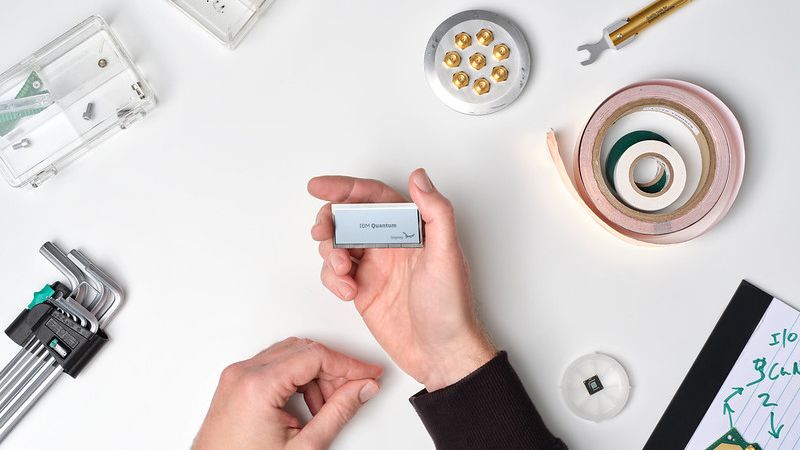 IBM unveils its 'most powerful' 433-qubit quantum processor
IBM unveils its 'most powerful' 433-qubit quantum processorNews The Osprey is three times more powerful than IBM's 127-qubit Eagle processor the company launched a year ago
-
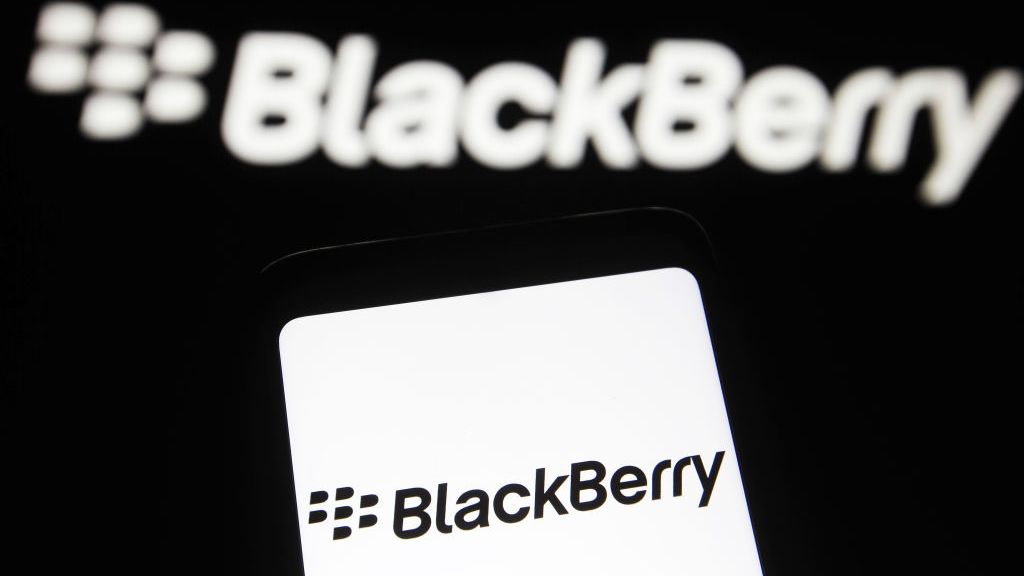 Blackberry revenue falls by 4% as cyber security division takes hit
Blackberry revenue falls by 4% as cyber security division takes hitNews Despite this, the company’s Internet of Things (IoT) division increased its revenue by 28% as it attracted new customers from the automotive sector
-
 US lawmakers warn Apple against using Chinese chips in next iPhone
US lawmakers warn Apple against using Chinese chips in next iPhoneNews Senators ask the US director of national intelligence to investigate a Chinese chipmaker’s military ties
-
 New Huawei Mate 50 phone can link up with Chinese satellite system
New Huawei Mate 50 phone can link up with Chinese satellite systemNews This makes it the first smartphone maker to bring satellite communication technology to the consumer market
-
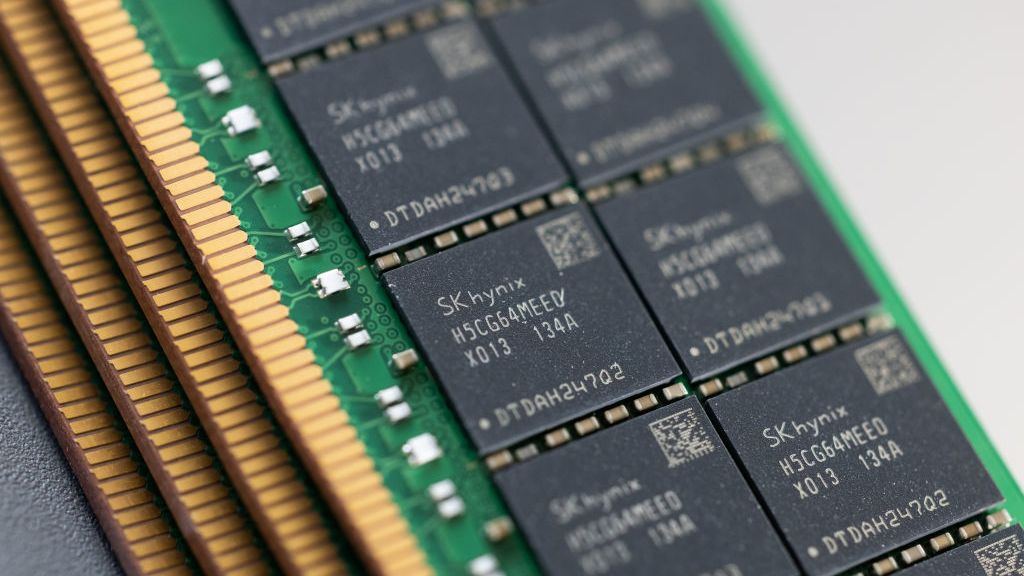 SK Hynix splashes out $11 billion on new semiconductor plant
SK Hynix splashes out $11 billion on new semiconductor plantNews The company will produce memory chips, but will reportedly decided closer to the time whether they will be DRAM or NAND flash chips depending on market conditions
-
 Intel strikes $30 billion private equity partnership to fund Arizona plant expansion
Intel strikes $30 billion private equity partnership to fund Arizona plant expansionNews Brookfield Infrastructure Partners will invest around $15 billion into the expansion of the chipmaker’s Ocotillo campus
-
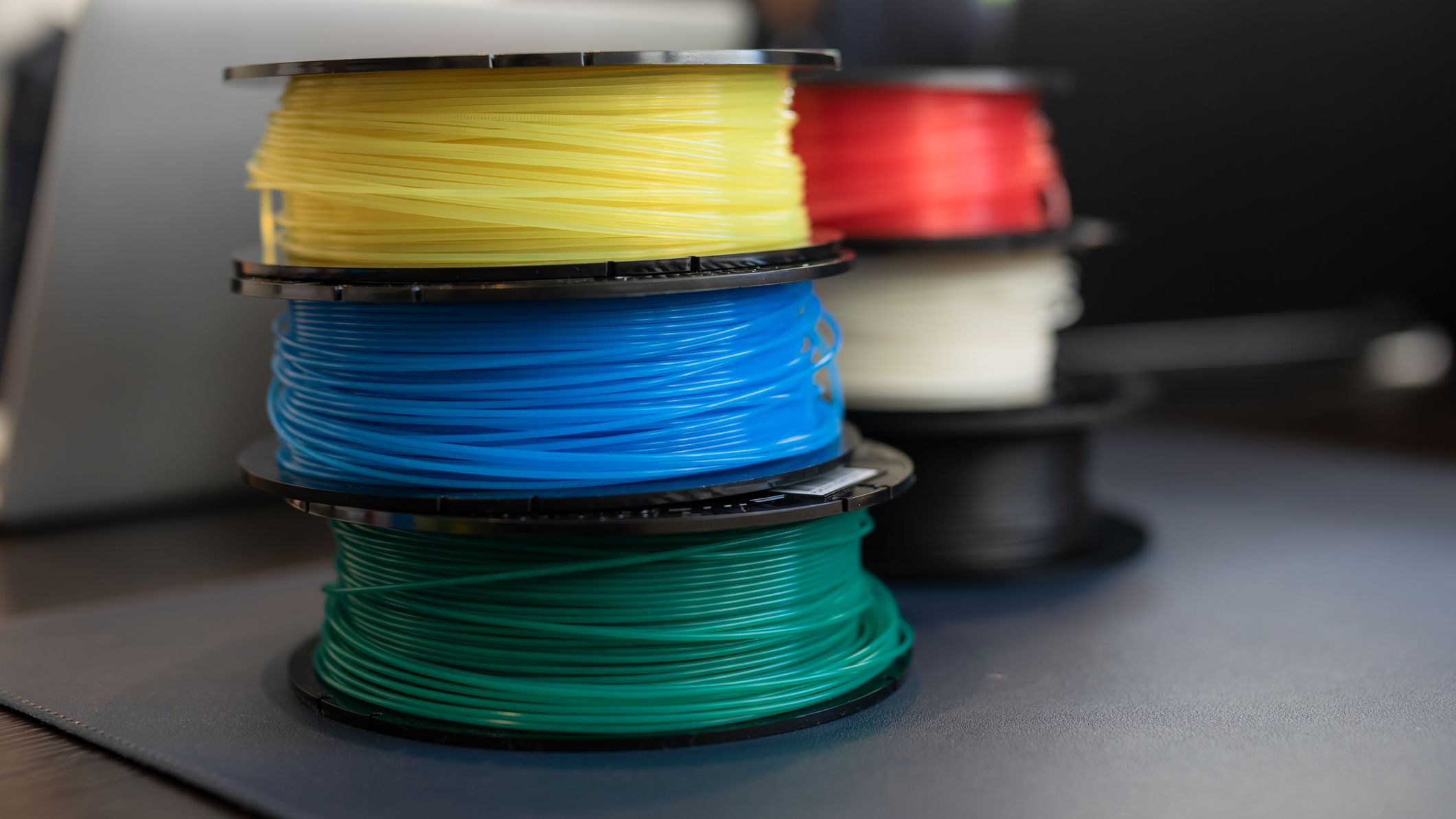 The best 3D printer tools and accessories for your business
The best 3D printer tools and accessories for your businessIn-depth Every business using 3D printers should be aware of these essential extras to raise its output to the next level


